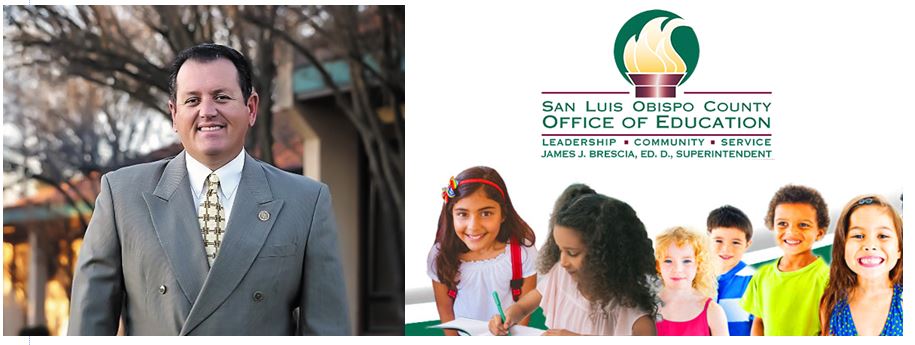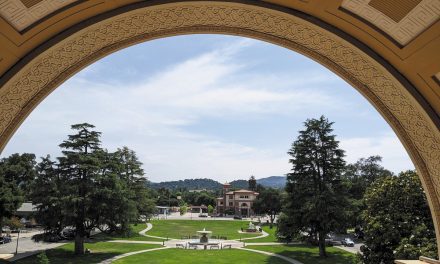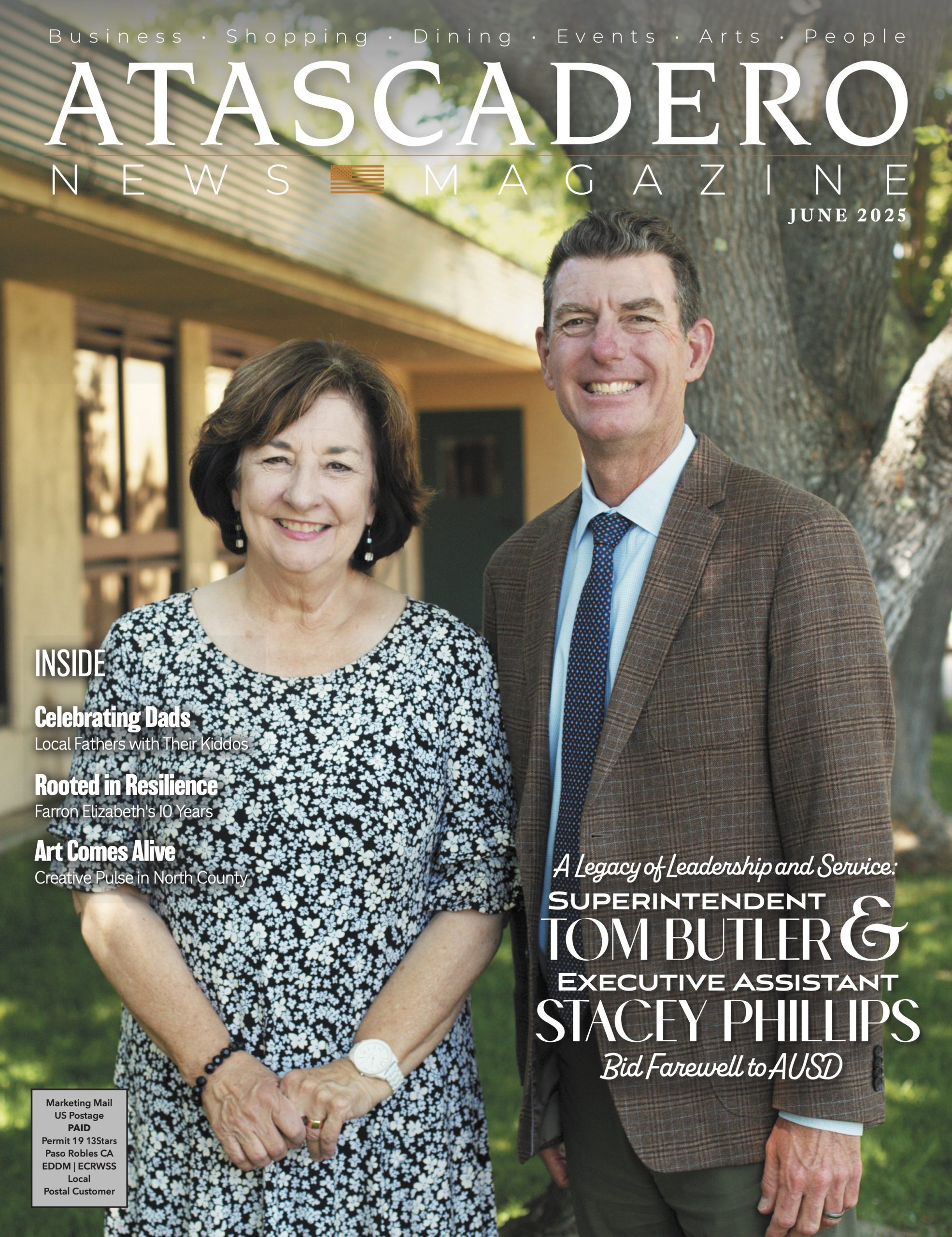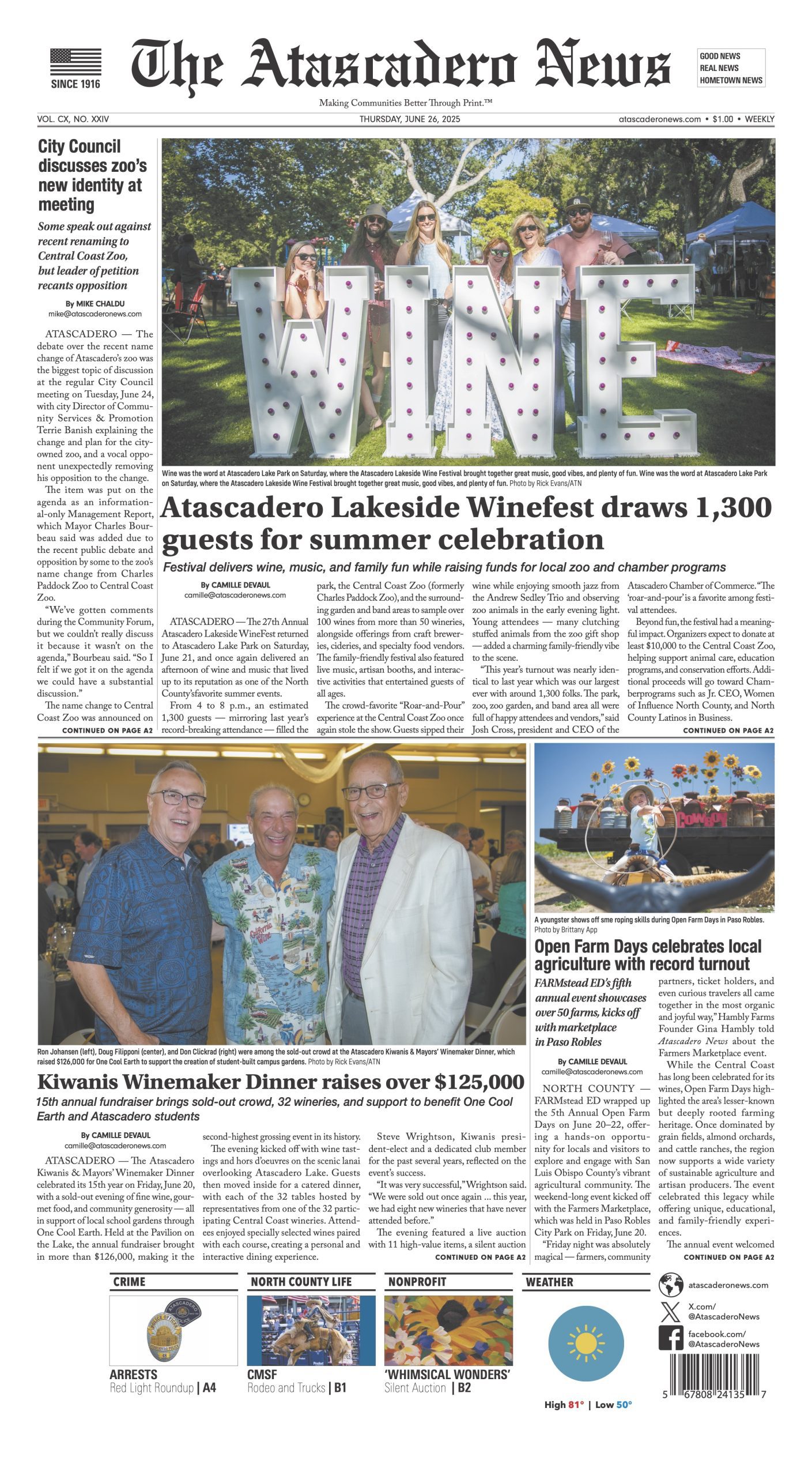I am often asked about the state budget when I speak with Rotary groups, school boards, PTAs, and community organizations. The best explanation about the California budget I have heard is that budget is a process rather than a product. One colleague describes the California budget as the development of the Governor’s Budget, the Legislature’s enactment of a budget, and the executive branch’s administration of the budget as a combination of phases. Each of these phases contains all the ramifications and influences of political interactions, relationships with federal and local governments, public input, natural events, legal issues, the economy, initiatives and legislation, etc. In short, the state budget is a complex, multi-faceted, and ever-changing process.

Our California State Constitution requires that the governor submit a balanced budget to the Legislature by January 10. One interesting requirement is that if the proposed expenditures for the budget year exceed estimated revenues, the governor is required to recommend changes to balance the budget. The director of finance, as the chief financial advisor to the governor, directs the effort for the preparation of the Governor’s Budget. Under the policy direction of the governor, the director of finance issues instructions and guidelines for budget preparation to agencies and departments. This effort typically gets underway even before the Legislature has passed the budget for the current fiscal year.
Even though terms such as Zero-Based Budgeting, Management by Objectives, and Total Quality Management are used by the administration, the process is essentially incremental budgeting with some lobbying added for good measure. The current departmental level of funding is considered a base amount to be adjusted up or down by change proposals. According to the Department of Finance, the general goal is to resolve budget issues at the lowest level possible. Departments should clear their proposals through agency-level hearings and the Department of Finance generally attends the hearings. For non-agency departments, proposals are presented directly to the Department of Finance. Issues that are not resolved between departments and finance staff are discussed at hearings conducted by the director of finance and the most sensitive issues are ultimately presented to the governor for a decision.
Once the decisions are finalized, the Department of Finance coordinates the printing of the Governor’s Budget Summary containing goals and objectives for the following year. Along with the summary is a detailed presentation of each department for the past, current, and budget years. The State Constitution also requires that the Governor’s Budget is accompanied by a budget bill itemizing recommended expenditures that are introduced into each house of the Legislature to be passed by June 15.
This year, education continues to be one of the largest California State Budget items. A greatly reduced Cost of Living Adjustment (COLA) at 0.76 percent, the projected reductions in Personal Income Taxes (PIT) or state revenue, and the projected state budget deficit all impact the amount of funding available for education. School districts and charters are preparing for spending reductions and reevaluating priorities to balance their budgets. Of particular interest for our county are the state’s efforts to expand the educator workforce pipeline. A goal of my administration has been to promote “Future Careers that are Locally Grown.” Several of the grants proposed by the governor complement my research on recruitment and retention, validate our work on apprenticeships, and if awarded, will benefit our county for generations. For additional information, please contact the San Luis Obispo County Office of Education. It is an honor to serve as your County Superintendent of Schools.
“Plans are nothing; planning is everything.” — Dwight D. Eisenhower
ATASCADERO NEWS MAGAZINE
Copies of Atascadero News Magazine are directly delivered to 11,500 readers in zip codes 93422, 93432, and 93453 and 1,500 dropped with support from advertisers and subscribers. Together, we are Making Communities Better Through Print.™
To subscribe or advertise, click here.












